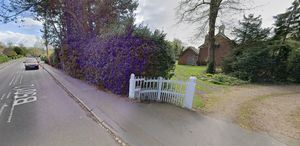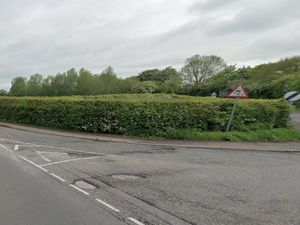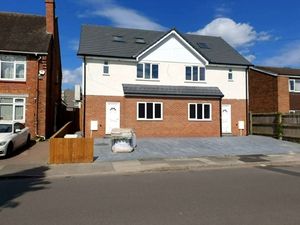New homes approved in grounds of existing large Cannock house
Plans to build new homes and convert existing buildings on the site of a large 19th century house in Cannock have been welcomed by councillors but sparked 16 objections from residents.
Watch more of our videos on ShotsTV.com
and on Freeview 262 or Freely 565
Concerns raised included over development of the site at New Penkridge Road, as well as parking and traffic issues and loss of two protected trees.
But members of Cannock Chase Council’s planning committee voted to approve the application on Wednesday (January 15) after visiting the site.
Councillor Adrienne Fitzgerald said: “I think it is a wonderful idea to put in additional housing there.”
Councillor Val Jones said: “I walk past this house every day and it is welcome news. I love the way they have retained the feel and I absolutely support it.”
The main house is set to be divided into two properties. Two new houses will be built in the grounds, while an existing ‘gatekeepers lodge’ and former gardener’s cottage on the site will be converted internally.

A report to the planning said: “The application site relates to Rokholt, a large dwelling originating from the 19th century located on the southern side of New Penkridge Road. The site comprises a spacious plot, with a wooded area within the western section of the site and a small pond.
“Rokholt is not a listed building, nor does the site lie within a conservation area. It is however considered to comprise a non-designated heritage asset due to its age and architectural and historic interest.
“The site has a wooded feel, with a number of on-site trees being protected, and this will be retained by the retention and protection of the majority of trees on the site. The boundary of the site onto New Penkridge Road will be preserved as a wooded boundary and 12 trees will need to be removed to achieve the proposal.
“The scheme will result in the provision of six separate residential units. Given the large size of the plot, it is considered that the additional activity and vehicle movement anticipated from 6no dwellings is sufficiently accommodated.”





